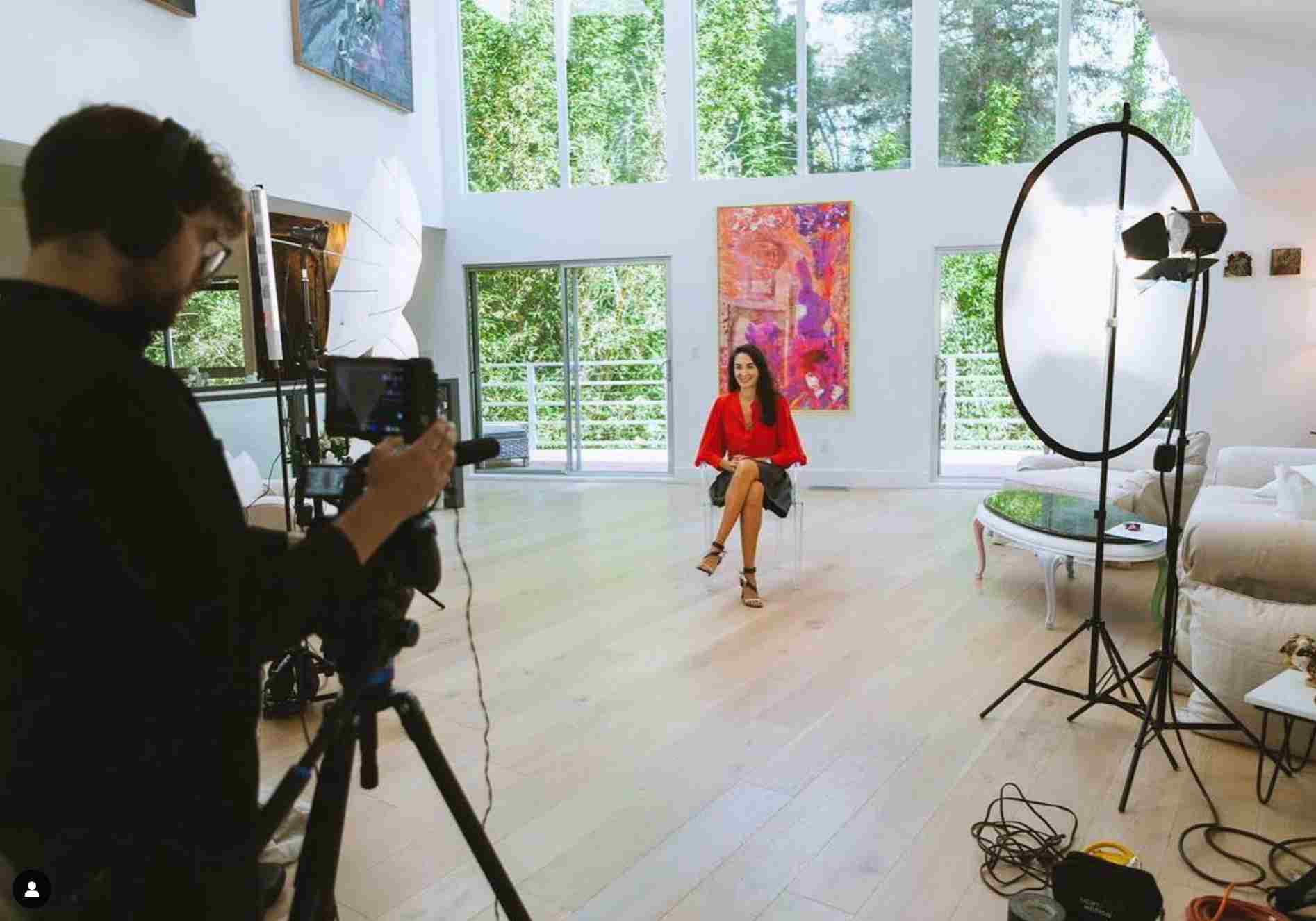Are you sick of your videos appearing lifeless and flat? It’s time to improve your cinematography skills and discover the mysteries of raw footage. Within the complex realm of video production, raw footage is the unprocessed core of visual narrative.
In contrast to compressed video, which forgoes detail in favor of ease, raw video is an endlessly versatile digital canvas. This is a world where colors explode with life, shadows dance with highlights, and every frame has the potential to be a breathtaking scene from a movie.
This guide is your pass to discovering the mysteries buried in uncut video. We will guide you through the intricacies of exposure, white balance, and composition so you can turn flat photos into engrossing stories.
Get ready to travel beyond the ordinary on a voyage where artistic vision melds with technical ability.
Key Takeaways: Raw Video Footage Secrets
- Famous movie sequences teach important lessons about narrative structure and graphic design.
- Examining modern projects offers insights into methods and patterns that are in use today.
- To become a master in cinematography, one must comprehend how lighting, camera movement, and visual effects interact.
Understanding Raw Video Footage
The raw footage taken by a camera sensor is sometimes called source footage or unprocessed raw video. Without any white balance, color adjustment, or compression from the camera, it is the purest version of the image. Imagine it as a digital negative full of unrealized promise, similar to a film negative.
- Uncompressed: Raw video keeps all of the data that the sensor recorded, which leads to bigger file sizes but better-than-average image quality.
- Color Accuracy: A greater dynamic range and a broader color spectrum are provided by color accuracy, enabling accurate color grading in post-production.
- Detail Preservation: Preserves minute particulars and nuanced aspects that could be overlooked in files that are compressed.
- Flexibility: Allows for the greatest amount of artistic freedom while editing, allowing for changes to white balance, exposure, and other settings.
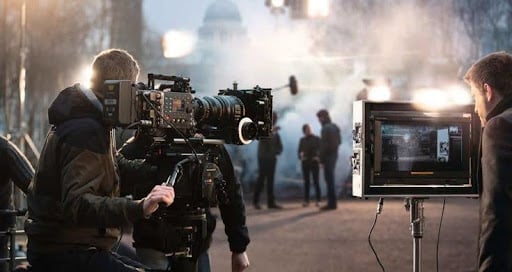
The Importance of Cinematography
The delicate brushstroke that paints the film’s canvas is called cinematography. It’s the invisible conductor arranging the composition, shadow, and light into a symphony.
It’s an art form that can stir emotions, move audiences, and raise stories to unprecedented heights. It’s more than just technical mastery.
Cinematography is the visual language that tells stories. It can range from the delicate details of lighting to the dramatic strokes of camera movement. It’s the magic that turns plain visuals into unforgettable cinematic moments.
Benefits of Using Raw Video Footage
The raw digital data that a camera sensor records is called raw video footage. It provides editors and filmmakers with several benefits, including:
- Maximum Image Quality: Post-production can be more creative because raw video keeps a lot of color and tone information.
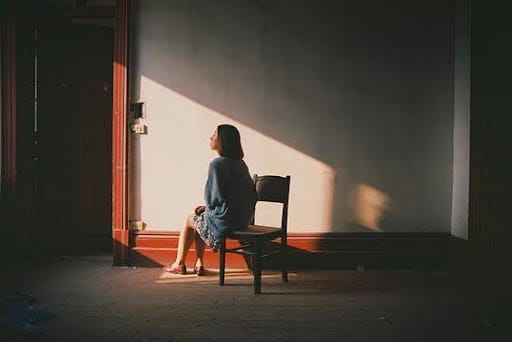
- Color Grading Precision: There is no skill like it when it comes to precisely manipulating colors and contrast.
- Dynamic variety: A greater variety of light and dark tones are captured in the raw film, which lowers the possibility of blown-out highlights or crushed shadows.
- Noise reduction: When working with raw footage, modern cameras offer sophisticated noise reduction features.
- Future-Proofing: Unprocessed videos can be converted to new formats and standards as technology advances.
- Creative Freedom: Creative freedom is the unbridled capacity to try out various appearances and fashions.
- Error Correction: The ability to fix shooting flaws like exposure problems or white balance mistakes.
Challenges of Working with Raw Footage
Although raw video provides unmatched creative freedom, there are certain drawbacks as well:
- Large File Sizes: Raw files necessitate high-capacity storage solutions due to their substantial storage space requirements.
- Specialized Software: Dedicated software with sophisticated features is frequently needed for editing raw footage.
- Extended Processing Durations: Compared to compressed formats, rendering and exporting raw footage can take a while.
- Workflow Considering: Managing huge raw footage files requires effective storage and management methods.
Essential Cinematography Techniques
Filmmaking focuses on the art of cinematography, which is the capture of moving pictures on film. Technical knowledge and creative flair must collaborate to create visually appealing stories. Let’s explore a few fundamental techniques that form the basis of cinematic storytelling.
Composition and Structure
Placing visual elements within the frame to create an image that is both meaningful and aesthetically pleasing is the talent of composition.
Key concepts include:
- Rule of thirds: Split the space into nine equal parts and arrange your subjects at the connections to create an image that is both vibrant and balanced.
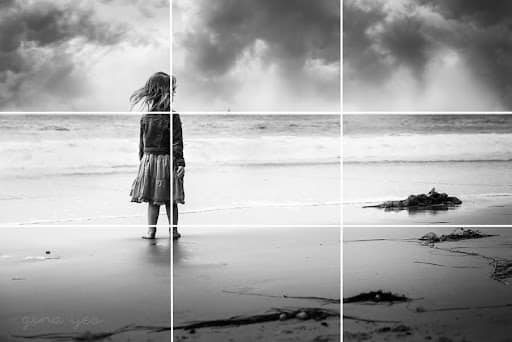
- Leading lines: Using language from the scene to draw the audience’s attention to the main subject.
- Balance and symmetry: Generating visual harmony through symmetrical or asymmetrical compositions.
- Headroom and nose room: Ensuring adequate space for comfortable viewing both in front of and above a subject’s face is known as headroom and nose room.
Lighting Methods
The key to creating a scene’s mood, setting, and visual structure is lighting, which is the heart of cinematography.
Crucial lighting methods consist of:
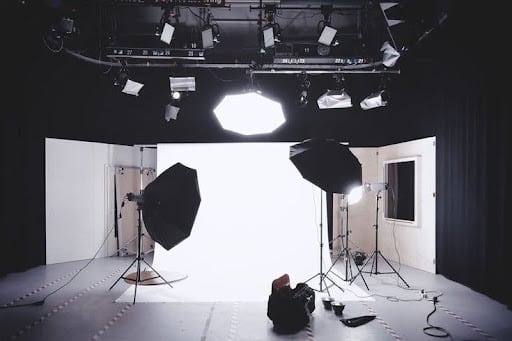
- Three-point Lighting: It requires lighting a subject using a main light, filling light, and backlight.
- High-key lighting: Applying lots of light to generate a positive, bright environment.
- Low-key lighting: Using contrast and shadows to create a somber, dramatic effect.
- Natural light: Using sunlight to create a look that is authentic and frequently attractive.
Camera Positions and Angles
Information, feelings, and viewpoints can be expressed with the use of camera movements and angles.
Important methods consist of:
Types of shots: Among other techniques, you can use establishing shots, wide shots, medium views, close-ups, and extreme close-ups to modify the intimacy and size of a scene.
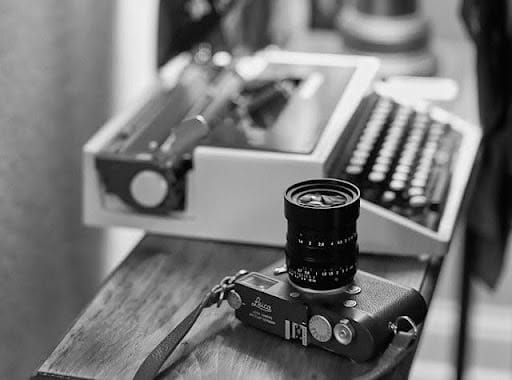
Camera angles: Different angles, such as high, low, Dutch, and others, can affect how the viewer perceives objects and characters.
Camera movements: Cameras can be tracked, angled, panned, and zoomed to capture activity, display information, or create visual appeal.
More Complex Cinematography Methods
Understanding the nuances of cinematography can help you elevate your films to new heights. Cinematography is a visual storytelling profession. Here, we look at more advanced techniques to enhance your visual narrative.
Color Adjustment and Grading
Color grading is the process of manipulating the film’s color palette to establish a certain look or feel. It’s an important post-production process that has a big influence on how the viewer perceives a scene.
- Color Temperature: For a unified appearance, color temperatures must be consistent among several photos.
- White Balance: Appropriate white balance adjustments guarantee accurate color representation.
- Color Grading Styles: Try experimenting with desaturation, teal, and orange, or black and white to achieve a range of emotional effects.
- Color correction: This is the technique of modifying colors to take into consideration limitations in the camera sensor or erratic illumination.
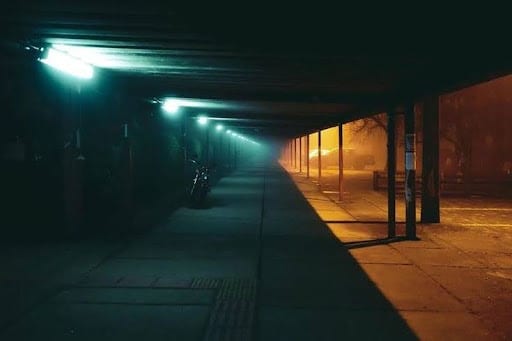
Utilizing the Depth of Field
The area in focus, or depth of field, is a potent technique for managing the viewer’s attention.
- Narrow Depth of Field: Produces a dreamy, cinematic appearance by isolating the subject.
- Deep Depth of Field: Helps create scenes by capturing more details in the background and foreground.
- Rack Focus: Changing the subject of focus mid-shot to create a dramatic impact.
Including Visual Effects
The use of special effects can improve narrative and build compelling worlds.
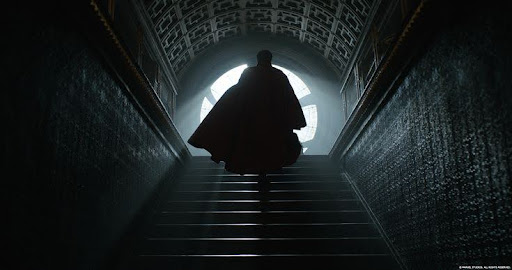
- Digital effects: Digitally produced elements for fanciful or impractical situations are called visual effects (VFX).
- Blending Real and Virtual Effects: Combining real and virtual effects to create a seamless integration.
- Recognizing Your Limitations: It’s important to understand the possibilities and constraints of both practical and visual effects.
Post-Production Secrets: Transforming Raw Footage into a Masterpiece
The skill of turning an unfinished video into a polished, interesting result is called post-production. It calls for a synthesis of technical mastery, creative vision, and painstaking attention to detail since that’s where the magic happens. Let’s examine the crucial phases of this life-changing procedure.
Editing Raw Footage
Effective and well-structured editing is the cornerstone of any effective post-production.
- Organize and Import: Compile all of your audio files, video, and other resources. For convenience, organize your files into a logical and transparent structure.
- Rough Cut: Put together the uncut video to create an introductory scene that establishes the story’s direction.
- Fine Tuning: Refine the timeline by modifying the shot selection, tempo, and transitions.
- Color Correcting: By editing the level of saturation, contrast, and color balance of the footage, you may enhance its visual appeal.
Mixing and Sound Design
The use of audio is essential for drawing the listener into the narrative.
- Dialog Editing: Organize audio, eliminate extraneous sounds, and align with images.
- Sound Effects: Use the right sound effects to complement the visual experience.
- Composition or Selection of Music: Select music that harmonizes with the tone and atmosphere of your work.
- Mixing: For the best possible audio quality, balance the conversation, sound effects, and music.
Bringing Your Project to a Close for Distribution
The last step is to get your project ready for the target audience.
- Exporting: Make sure your video is rendered in the right resolution and format for the platforms you have selected for distribution.
- Encoding: Adjust the video to work on various platforms and devices (e.g., web, mobile, TV).
- Quality Control: Make sure the finished product satisfies your requirements by doing a comprehensive evaluation.
- Distribution: Pick the appropriate channels (e.g., social media, Vimeo, YouTube) to connect with your target audience.
Examining the Cinematic Mastery
Analyzing cinematography’s use in actual situations is crucial to understanding the art form. To grasp the subtleties of this art, you need to understand the classic movie moments and high-end cinematography projects.

Examining Classic Movie Scenes
Cinema’s finest works, from the neon-lit dystopia of Blade Runner to the maze-like halls of the Overlook Hotel, have been captured on screen by skillful cinematography. The Shining by Stanley Kubrick’s concern with geometry generated a spooky sense of isolation, and Casablanca’s chiaroscuro lighting portrayed shadows of longing and desire.
The Breakdown of High-End Cinematography Projects
To gain more insight into the nuances of cinematography, let’s look at a few recent projects:
- Television Series: Innovative use of lighting, camera angles, and visual effects has been praised in shows such as “The Mandalorian” and “Stranger Things.”
- Commercial Cinematography: Examining advertisements can shed light on the craft of expressing a story succinctly.
- Music Videos: With their innovative visual concepts and methods, music videos frequently push the limits of cinematography.
For the best video production experience in cinematography, you can check out Local Eyes Video Production.
Equipment and Tools for Cinematography
A specific toolbox is necessary for cinematography, the art of capturing light and movement on film. The appropriate tools are crucial for everything from taking unprocessed footage to creating the visual story.
Suggested Lenses and Cameras
The camera is the center of any setup used in cinematography. There are several solutions available in modern technology to fit various project requirements and budgets.
- Mirrorless cameras: For their small size, high-quality pictures, and innovative features, these types of cameras have become extremely trendy. They’re versatile and fit well for any variety of shooting styles.
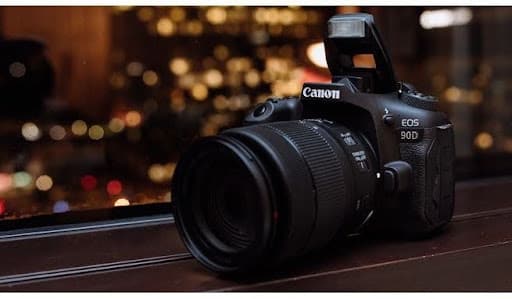
- DSLR Cameras: Typically utilized for taking pictures, DSLRs offer a good mix between performance and expense.
- Cinema cameras: Made specifically with the motion picture industry in mind, these cameras provide exceptional dynamic range, low-light performance, and image quality. Nevertheless, their cost is frequently higher.
The camera’s eyes are its lenses. Various focus lengths provide distinctive viewpoints:
- Wide-angle lenses: Offer a wider field of vision, making them ideal for establishing images and landscape photography.
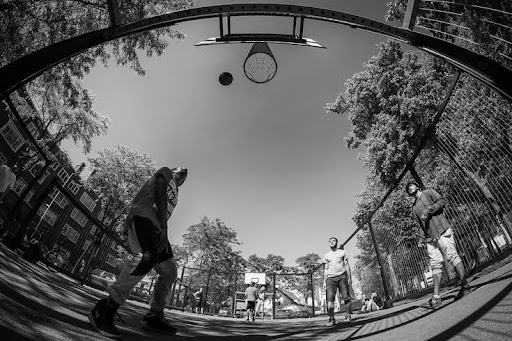
- Standard lenses: Flexible to a wide range of subjects, imitating human vision.
- Telephoto lenses: Squeeze perspective, focus on specific details, and isolate subjects.
- Prime lenses: Have a fixed focal length but provide excellent image quality.
- Zoom lenses: With movable focal lengths, they offer versatility.
Crucial Equipment for Shooting Raw Footage
The following items improve the filmmaking process in addition to the camera and lenses:
- Tripods and stabilizers: When taking pictures in low light or with long lens lengths, tripods and stabilizers are essential for steady shots.
- Microphones: Record crisp audio to enhance the story told visually.
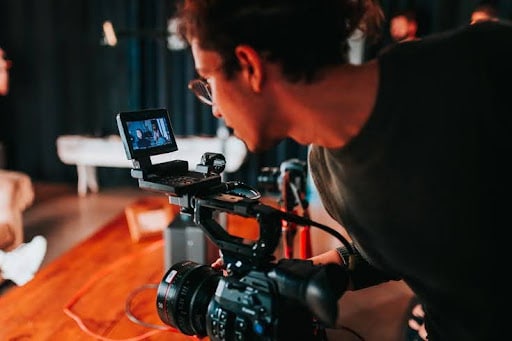
- Lighting Equipment: Modify and direct light to create the necessary atmospheres and effects.
- Memory Cards: Hold recorded video.
- Batteries and chargers: Make sure you can shoot continuously.
- Camera Cage and Accessories: Add mounting holes for extra equipment and safeguard your camera.
- Monitor: Keep an eye out for appropriate color rendering and image evaluation.
- Headphones: These are a must for monitoring sounds.
Typical Errors in Photography to Avoid
Photography is an art form that requires technical proficiency, an acute visual sense, and a deep understanding of composition and lighting. Even while taking beautiful pictures can be quite fulfilling, several typical mistakes might make things harder for you. Let’s examine some common errors and how to prevent them.
Observing Exposure and Lighting
The foundation of photography is lighting. It molds your image’s tone, ambiance, and overall impression. Typical errors consist of:
- Sharp Shadows: Stay out of bright sunlight as it casts harsh shadows, especially during midday.
- Exposure: Either too little or too much exposure can destroy an image. To adjust the exposure, use the camera’s settings.
- Ignoring the Golden Hour: Magical photos can be taken during sunrise and dusk thanks to the gentle, warm light.
- Ignoring Fill Light: To create depth and soften shadows, use reflectors or fill-in flash.
Ignoring Composition Rules
The skill of placing components within a frame to produce an eye-catching image is known as composition. Typical writing errors include:
- Subject Centering: Despite its apparent simplicity, subject centering frequently results in dull photographs. Play with the compositional principles, such as the rule of thirds.
- Ignoring Leading Lines: Direct the viewer’s attention to the primary subject by using scene features.
- Ignoring Negative Space: Using negative space well can help establish equilibrium and draw attention to a particular area.
- Ignoring the Background: An otherwise flawless shot can be ruined by an overly busy or distracting background.
Rushing the Editing Process
An essential first step in improving your photos is post-processing. Typical errors made when editing include:
- Overdoing Effects: Photographs that appear fake and unnatural might result from using presets and filters excessively.
- Ignoring Color Correction: Correct color representation requires white balance.
- Ignoring Cropping: Occasionally, a more dense crop can greatly enhance the composition.
- Rushing the Process: Don’t make snap judgments; instead, take your time refining the image.
A Final Word On Raw Footage Secrets
Raw video footage is a digital canvas full of unrealized potential that captures the essence of a visual tale in its purest form. In this world, pixels can move freely and deliver a level of color and detail that compressed formats can only imagine. Filmmakers can reach new heights in their profession and create narratives with unmatched accuracy by perfecting the technique of capturing and using raw footage.
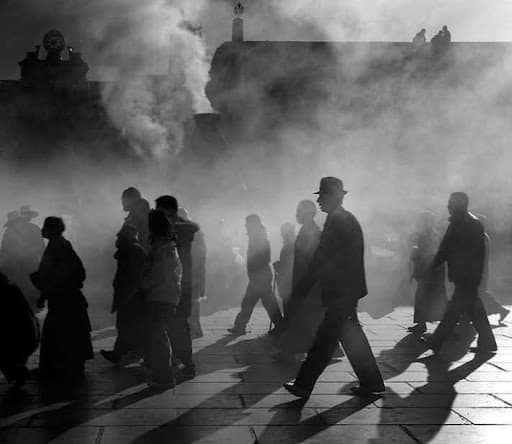
However, artistic vision and technical skills are required for this unexplored region. Although raw footage offers a great deal of creative freedom, it also has drawbacks that must be carefully considered to prevent. You can turn unprocessed data into cinematic gold by learning the subtleties of exposure, white balance, and composition.
Frequently Asked Questions
Uncompressed video data taken straight from the camera sensor and preserved at maximum image quality is known as raw video footage.
When compared to compressed formats, raw footage provides better color depth, dynamic range, and post-production flexibility.
The best lighting methods include using natural light, three-point lighting, and being aware of how highlights and shadows interact.
Use leading lines, the rule of thirds, and the general harmony and balance of the items in the frame to improve composition.
Unsteady camerawork, inadequate lighting, disregarding composition, excessive editing, and audio neglect are common blunders in cinematography.

Founder at LocalEyes Video Production | Inc. 5000 CEO | Emmy Award Winning Producer

